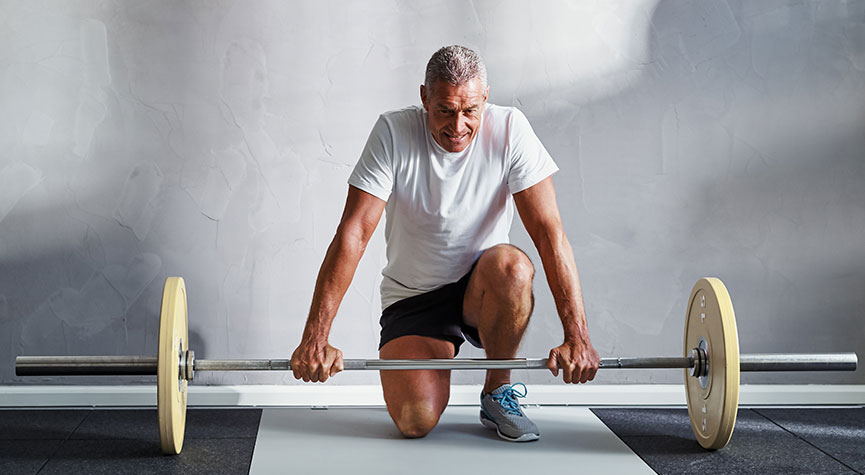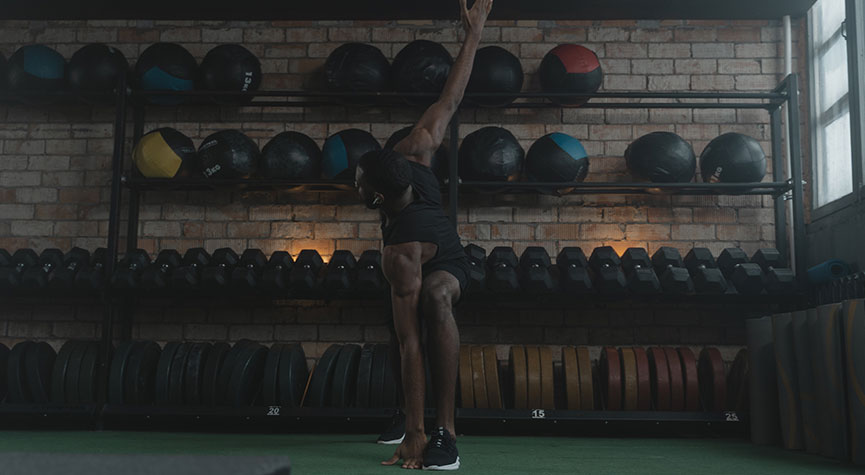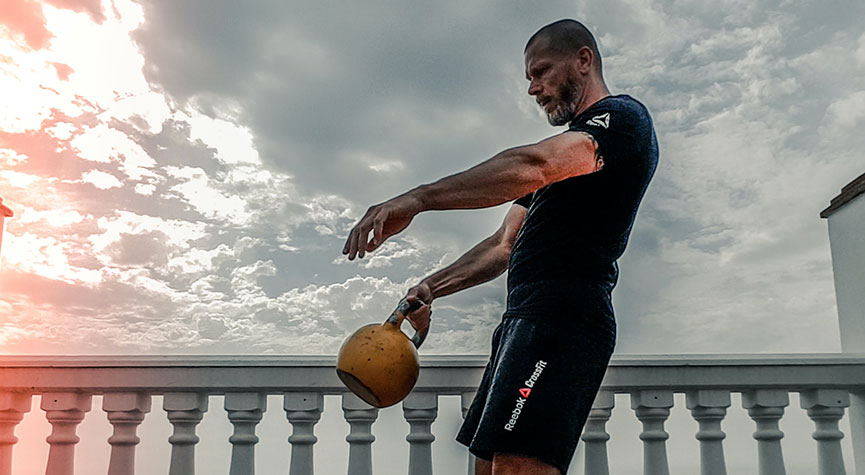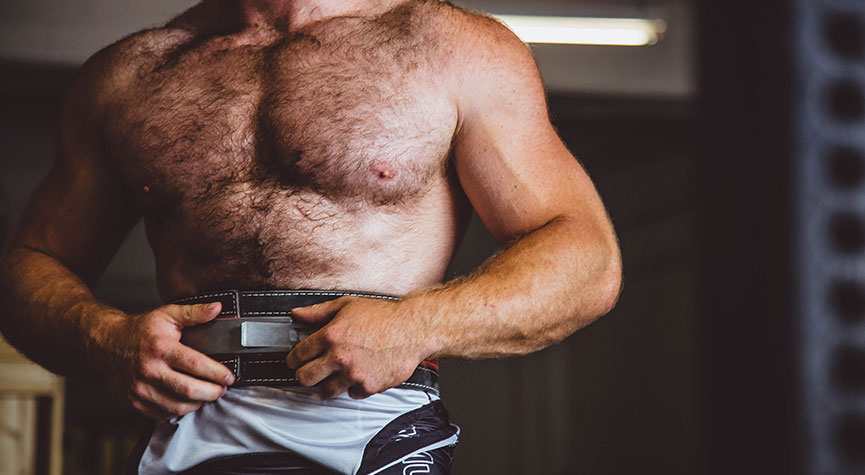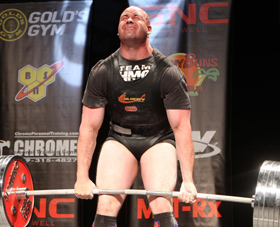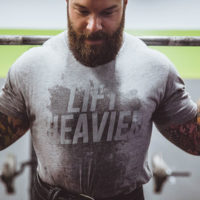Aging is inevitable, but that doesn’t mean you have to stop your training. Former strength & conditioning coach Bryan Dermody is here with tips to stay on top of your athletic game.
It would be nice if we never had to adjust our training because of our aging bodies. But as the saying goes, father time catches up to all of us sooner or later.
Our bodies break down easier, our hormone levels start to decrease, it takes longer to recover, and maintaining lean body mass is much more difficult than it used to be. This is the reality that the aging strength athlete faces. Yet all hope of productive training is not lost. Here are five things to consider for the aging strength athlete.
As you age . . .
Spend more time warming up
We can probably all remember a day when we could (not should) just load the barbell up and immediately get to work with seemingly no need to do much of a warm-up. However, as the body ages it often takes longer to get going – to get the joints moving through a full, pain-free range of motion and to get the right muscles firing at the right time. I am not just talking about doing more stretching before the working sets. Don’t be afraid to do high volume and low intensity work (like 3×25-50) on movements such as dumbbell bench press, lat pulldowns, triceps pushdown, back extensions, and sled dragging.
Spend more time on preventative (prehab) work
The time spent before, during or after a training session on things like ankle mobility, knee stability, hip mobility, lumbar stability, thoracic mobility, and shoulder stability can pay big dividends with age. Putting time in on these things at a young age can seem unnecessary.
A young strength athlete may have no injuries or mobility/stability deficits. However, neglecting prehab work at a young age can lead to damage to the body that often only shows up after many years of training. If you’ve neglected this type of work so far, it’s time to get it into your training plan.
Think minimal effective volume, not maximal recoverable volume
Earlier in my strength career I consistently thought in terms of maximal recoverable volume when planning and executing my training. After all, you need volume to get stronger, and the more volume you can tolerate, the greater the adaptation that will occur (theoretically).
As I have aged, I have changed my thinking on this. Because it is very difficult to recover from high volume training, especially high volume on multi-joint barbell movements. I have started planning my training with the following question in mind, “What is the least amount of work I need to do to get the desired training effect?” I am now recovering better, and thus, seeing better training results.
Spend more time on accessory movements
The young strength athlete is well-advised to spend the vast majority of training time on barbell movements. The aging body, however, simply cannot recover from multi-joint movements such as squat, bench press, and deadlift as well as it could at one time. Therefore, the aging strength athlete would be well-advised to decrease the volume on barbell movements and increase the volume on non-barbell accessory movements. For example, instead of 10-12 sets of deadlifts on a given week, do 5-6 sets of deadlift, 4 sets of heavy KB swings, and 4 sets of weighted forty-five-degree back extensions.
Use a concurrent approach to training
The older strength athlete often has a very difficult time recovering from high volume and/or high intensity work week after week after week. A better approach to training uses concurrent training.
Concurrent means “at the same time.” In a concurrent approach to training volume, speed, and intensity are all trained in the same training cycle. A simple way to set this up is to rotate volume, speed, and intensity training emphases on the competition lifts (or the accessory lifts as well) throughout a given week. Here is what it might look like in a three-week micro-cycle:
- Week 1: Squat (volume), Bench Press (intensity), Deadlift (speed)
- Week 2: Squat (speed), Bench Press (volume), Deadlift (intensity)
- Week 3: Squat (intensity), Bench Press (speed), Deadlift (volume)
This approach has paid huge dividends for my training in recent months. I used to have to take a re-load week every fourth week. However, with the concurrent approach I take a re-load every 7-10 weeks… and my strength gains are far better!
Don’t forget about your muscle health.
As we age, we want to retain and build as much muscle reserve as possible, but it is inevitable that we will start to lose muscle mass as we age. MyHMB is the most clinically proven ingredient to help attenuate muscle loss and has also been shown to improve strength, power, and muscle function. Learn more >

